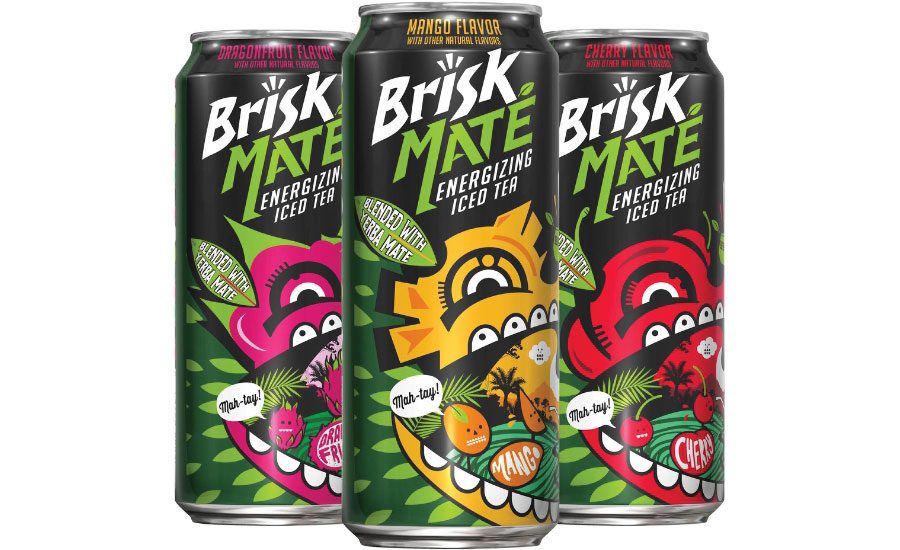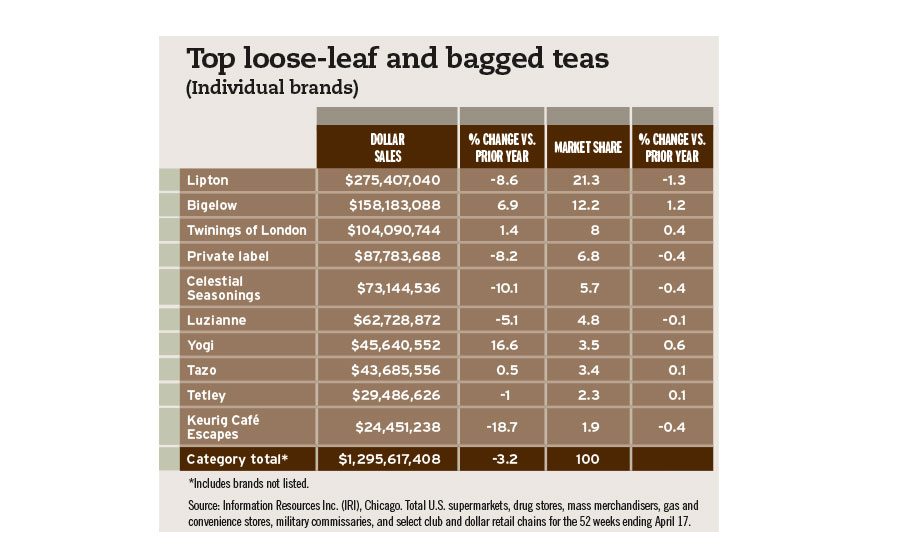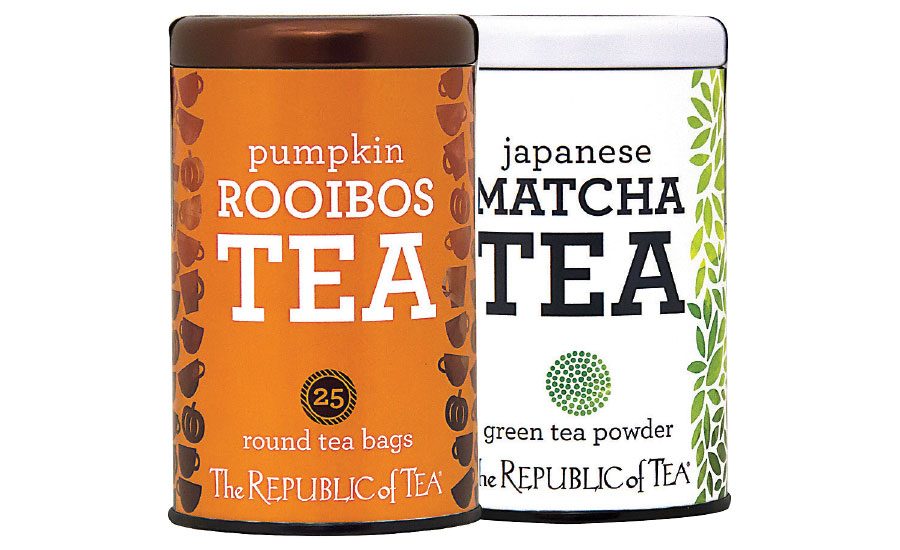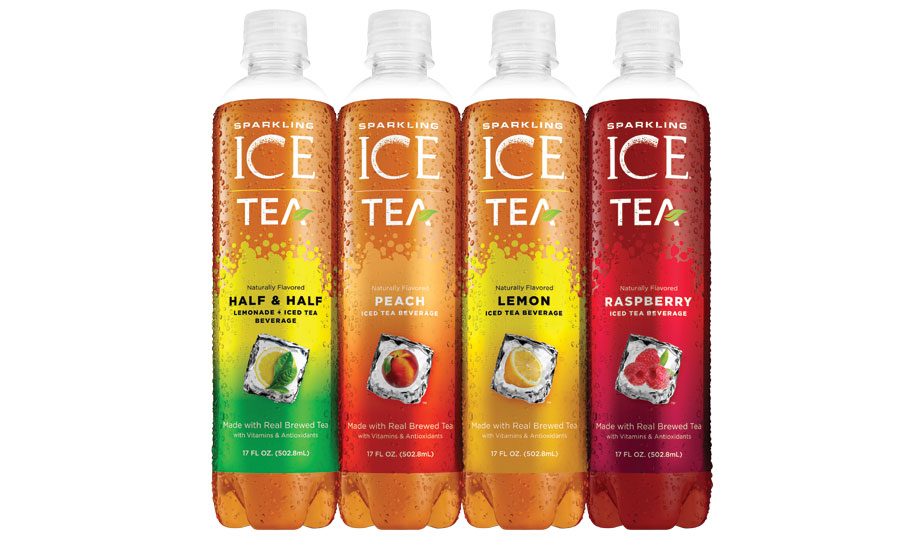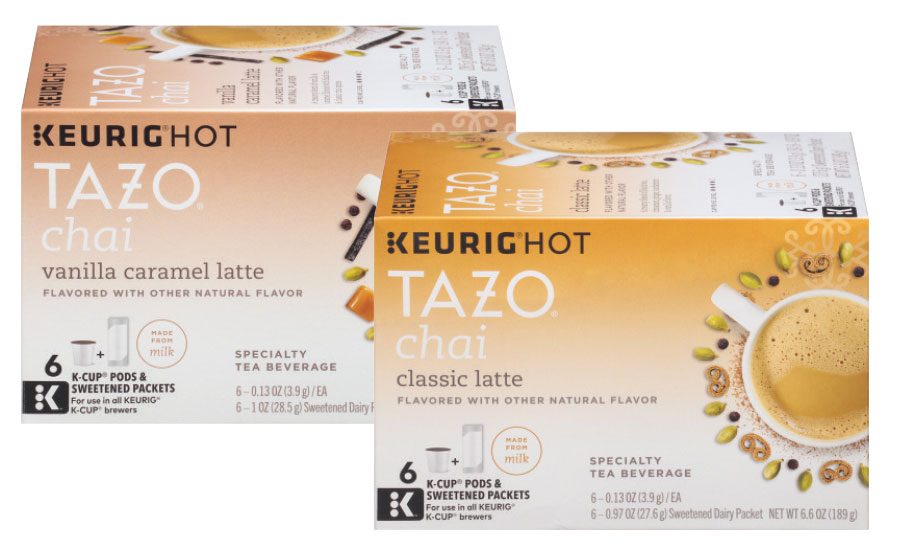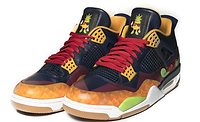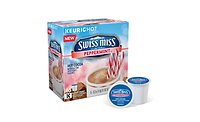Japanese scholar and author of “The Book of Tea” Okakura Kakuzo once said, “Tea began as a medicine and grew into a beverage.” Over the course of time, the evolution of tea has become even more complex as the beverage has seen new formats emerge as well as growth in natural and organic trends.
“Natural and organic are very important to tea consumers; however, all-natural is significantly more preferred than organic is,” says Elizabeth Sisel, beverage analyst at Mintel, Chicago. “GMO-free and Fair Trade claims are also gaining traction, but do not have the same impact on consumer purchasing decisions as does all-natural.”
Eric Penicka, research analyst for Chicago-based Euromonitor International, also notes that natural is having a greater impact than organic when it comes to hot tea because of its inherent natural properties. Ready-to-drink (RTD) tea also is seeing a greater influence when it comes to natural attribute claims.
“Within RTD teas, there has been a very clear movement toward the creation of naturally brewed teas and this continues to bring consumers into the category,” he explains.
However, sweetener trends, which have posed some challenges for other categories, have had a minimal impact on the RTD tea category because of the vast number of options from which consumers can choose. “Sweeteners haven’t had the detrimental impact on tea as we’ve seen in other categories,” Penicka says. “Even where RTD teas are highly sweetened, be it with sugar or artificial sweeteners, consumers are often offered an unsweetened variant. When compared to a category like carbonates, this is a very positive attribute.”
Although unsweetened varieties can appeal to consumers looking to cut down on their sugar consumption, sweetened RTD teas still remain the top performers in the segment. But the variations of sweetness are helping it to appeal to health-conscious consumers.
“Sweetened is definitely preferred over unsweetened, particularly lightly sweetened or just sweetened, not necessarily extra sweet,” Mintel’s Sisel says. “Lightly sweetened varieties likely help products keep that health-halo [that] tea already possesses, while perhaps improving the taste for many drinkers.”
Carbonates are not the only category that is seeing its trends seep into the RTD tea segment. The popularity of craft beer is beginning to have that same “craft” influence on RTD teas.
“The ‘craft’ behavior seen within the alcohol segment has spilled into the beverage market as products have begun to message around ‘craft brewed’ attributes giving consumers a feeling of authenticity (this can be seen with AriZona’s Good Brew),” says Lauren Massoti, client manager of U.S. beverages for New York-based Kantar Worldpanel US. “It’s also interesting to see how café shops really drive consumer behaviors out-of-home that they then seek within the home from retail offerings.
“For example, there is a recent buzz around matcha tea — a tea type that is more so available out-of-home than in retail,” she continues. “We saw this dynamic back when iced coffee boomed out-of-home in café locations, which has resonated into retail offerings in your local grocery store.”
Although tea’s association with health and wellness also has contributed to its success, Mintel’s Sisel notes many other product attributes also appeal to consumers.
“The majority of consumers want their RTD teas to be healthy, but nearly as many also want it to be hydrating” she says. “RTD tea’s hydrating and thirst-quenching qualities really help to position it as a drink that can be consumed at multiple drinking occasions. There is also opportunity to better explore teas’ relaxation or energizing attributes, as tea is uniquely positioned to meet both functionalities, particularly as consumers look for products that both help them slow down and meet the demands of their fast-paced lifestyles.”
Affinity for tea
No matter which trends are having the greatest impact on the tea category and its respective segments, data suggests that considerably more consumers are opting for this medicine-turned-beverage.
According to the Tea Association of the U.S.A. Inc.’s 2015 Tea Fact Sheet, Americans consumed more than 80 billion servings of tea in 2015. When it comes to the varietal of tea they opted for, about 85 percent drank black tea followed by 14 percent who chose green tea. Oolong, white and dark made up the remaining amounts, states the association’s fact sheet.
However, opportunities could abound for these minority variants. Noting that hot tea sales are forecasted to have a compound annual growth rate of 4.3 percent from 2015 to 2020 — outpacing the growth from the past five years — Euromonitor’s Penicka says premium trends within tea retailers could start to impact the consumer packaged goods market.
“Fueled by premium tea retailers, growing interest in teas [that are] more complex than standard black or green teas has already begun to permeate its way through traditional retail channels like supermarkets with oolong and rooibos teas making their way onto shelves,” he says. “We expect to see more of this development in specialty teas and herbal teas over the forecast period.”
Kantar’s Massoti adds that seasonal varieties are growing in popularity within tea. “Seasonal flavors have been interesting to follow as more indulgent flavors like pumpkin spice, caramel vanilla and peppermint mocha have become more available in the category. Similar to what the coffee category has seen,” she says. “The herbal sector has the most varied offerings of flavors — with some brand-specific flavor blends that merge both taste and function.”
Massoti anticipates that this affinity for specialty teas will continue to proliferate, while black tea will experience contraction.
“The U.S. tea market is showing growth toward the specialty types — specialty flavored black tea, greens and herbals,” she says. “These types play very well in the hot tea segment and are being driven by millennial consumers. The traditional regular black tea segment sees declines, however, stemming from traditional fresh brewed iced tea offerings, which is being impacted by RTD solutions and tap water.”
U.S. consumers' growing interest in tea could see its numbers proliferate even more as one of the top demographics for this category is millennials. According to the Tea Association’s Fact Sheet, four in five Americans drink tea, but millennials are the most likely, with 87 percent drinking it.
“Nearly half of the population drinks tea in the average week,” Kantar’s Masotti says. “This behavior has grown in the past year due to the growth seen within the hot tea segment. This growth in hot tea is being driven by the millennial consumer group.”
New York-based Beverage Marketing Corporation (BMC) also notes the increased likelihood of millennial consumers when it comes to tea. In
the market research firm’s September 2015 report titled “U.S. Ready-to-Drink Tea through 2019,” it notes that consumers between 18 and 24 years old are 34 percent more likely than the average consumer to drink RTD tea. It also found that consumers 65 and older are 25 percent less likely to drink RTD tea than the average consumer.
Additionally, it found a higher index for women consumers versus men. In terms of raw numbers, the reports states that 31.8 million women drink RTD tea compared with 28.4 million men.
Data also shows which regions are more likely to have tea drinkers. According to the Tea Association’s Fact Sheet, the South and the Northeast have the greatest concentration of tea drinkers.
BMC's report also noted a higher concentration within the Northeast when it comes to RTD tea. “Fully,
29.5 percent of Northeasterners consume RTD tea, giving them an index of 119,” it reports. “Westerners and Midwesterners clock in with indexes of 97 and 89, respectively. The South indexes at 99 for RTD tea consumption.”
How do you take your tea?
In terms of volume, the tea category’s two staple segments — bagged and RTD — have experienced steady growth. According to Euromonitor’s Penicka, bagged hot tea was up 3.7 percent in 2015, while RTD tea was up 5.3 percent.
However, Kantar’s Massoti notes that brewed iced tea has faced some attrition despite doing well in the hot tea segment. When it comes to iced tea, she notes that RTD and fountain are faring better as they appeal to consumers’ on-the-go lifestyles.
“For iced tea, ready-to-drink and fountain are growing as consumers are looking for more convenient options for their iced tea occasions,” she says. “We also see consumers drinking more RTD and fountain formats within the home (with fountain being driven by foodservice occasions taken into the home).”
Also contributing to RTD tea growth is the hybridization of tea with other beverage categories. “Tea lattes have continued to be a trend (tea and milk), while sparkling tea is on the forefront of the hybrid market — e.g. Sparkling Ice’s Sparkling Tea and Lipton’s Sparkling Tea,” Masotti says. “There are some players offering coffee and tea blends — giving consumers the health benefits of tea and the energy boost most often sought by the coffee segment.”
Mintel’s Sisel explains that these hybrid offerings allow brand owners to appeal to numerous trends and consumers.
“Hybrid tea beverages offer a greater variety of flavors, functionality and health attributes,” she says. “Tea comes with a health-halo, and nearly all U.S. consumers believe the health claims associated with tea. This can then translate to any tea-hybrid drink offerings. Tea also tends to have a flavor profile that mixes well with a variety of beverages, making it a suitable addition to a variety of other beverages, like juice, dairy, non-dairy, flavored water and even coffee.”
Yet, one format of tea has remained challenged to find a core consumer base. “While tea has certainly grown within the single-cup brewer segment, the impact Keurig and similar machines have had hasn’t been nearly as profound as what we’ve seen in the U.S. coffee market,” Euromonitor’s Penicka says. “This is largely a result of the ease of brewing tea when compared with coffee, but there is also a cultural element involved. Tea remains a very distant second in the U.S. where consumers remain preferential to coffee.”
Kantar’s Massoti echoes similar sentiments: “Keurig continues to grow in popularity in the U.S., but the initial boom seen from the tea offerings has plateaued. Consumers see the convenient offering from K-Cups for their coffee occasion, but tea K-Cups haven’t caught on at the same popularity of coffee variants — perhaps not offering convenience over using a single tea bag for a cup of hot tea (though perhaps for iced tea). Tea lattes and iced tea occasions may continue to do well in this format as it offers consumers a ‘fool-proof’ occasion they can enjoy in a single cup.”
Mintel’s Sisel also stresses that appealing to iced tea consumers could offer potential for the single-cup tea segment.
“Only 15 percent of consumers find single-cup teas important to their purchasing decisions. This may increase as the hot tea market increases its U.S. presence, but RTD teas really do dominate over hot teas in the U.S.,” she says. “Only 15 percent want to see more single-cup RTD teas (which may be an innovation opportunity for machines like Keurig Kold, for example). Although single-cup tea usage seems a bit limited now, it does pave the way for more single-cup offerings in the future as consumer interest grows.”
As the tea market continues to grow, the category has many opportunities to innovate and to keep consumers interested and fuel trial/consumption rates, Sisel adds. One trend she is keeping an eye on is carbonated tea as consumers look to different forms of better-for-you carbonated beverages that are outside of the soft drink category.
“We might also see more innovation with suspensions coming into play,” Sisel says. “We are already seeing a renewed interest in bubble teas in the foodservice arena, and our data shows that there is actually greater interest in RTD teas with added bits, like fruit or Boba, than there are for carbonated tea offerings. There may also be an opportunity with added health benefits some suspensions can offer. One example is Mamma Chia, which offers a juice product with chia seeds.
“Coffee-inspired versions of teas, like RTD lattes, we will likely see more of,” she continues. “There is an interest in adding dairy and non-dairy milk to RTD teas, and plenty of room for innovation. Celestial Seasonings' line of RTD tea lattes is a good example. Functionality is another area for innovation, with many consumers wanting their tea to offer vitamins and minerals, functional energy, etc. More than four in five consumers want some sort of added benefit or functionality to their tea. More opportunities with matcha teas are also expected, both in RTD and powdered formats.”
Euromonitor’s Penicka adds that down the road, tea eventually could get to where coffee is with consumers purchasing products based on growing regions.
“In the more distant future, there is opportunity for tea to develop in ways similar to where coffee is moving today, with consumers expressing interest in specific growing regions and single origin teas,” he says.
